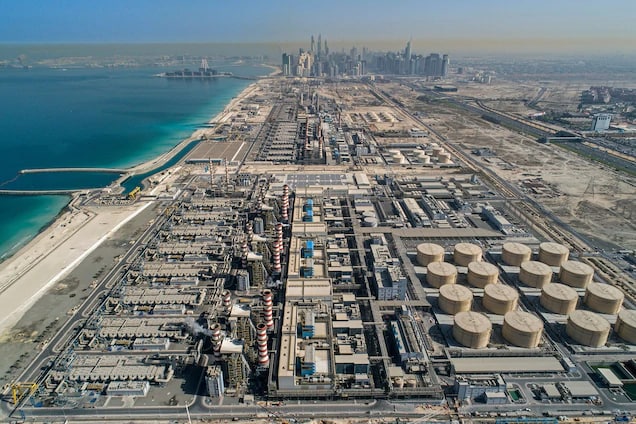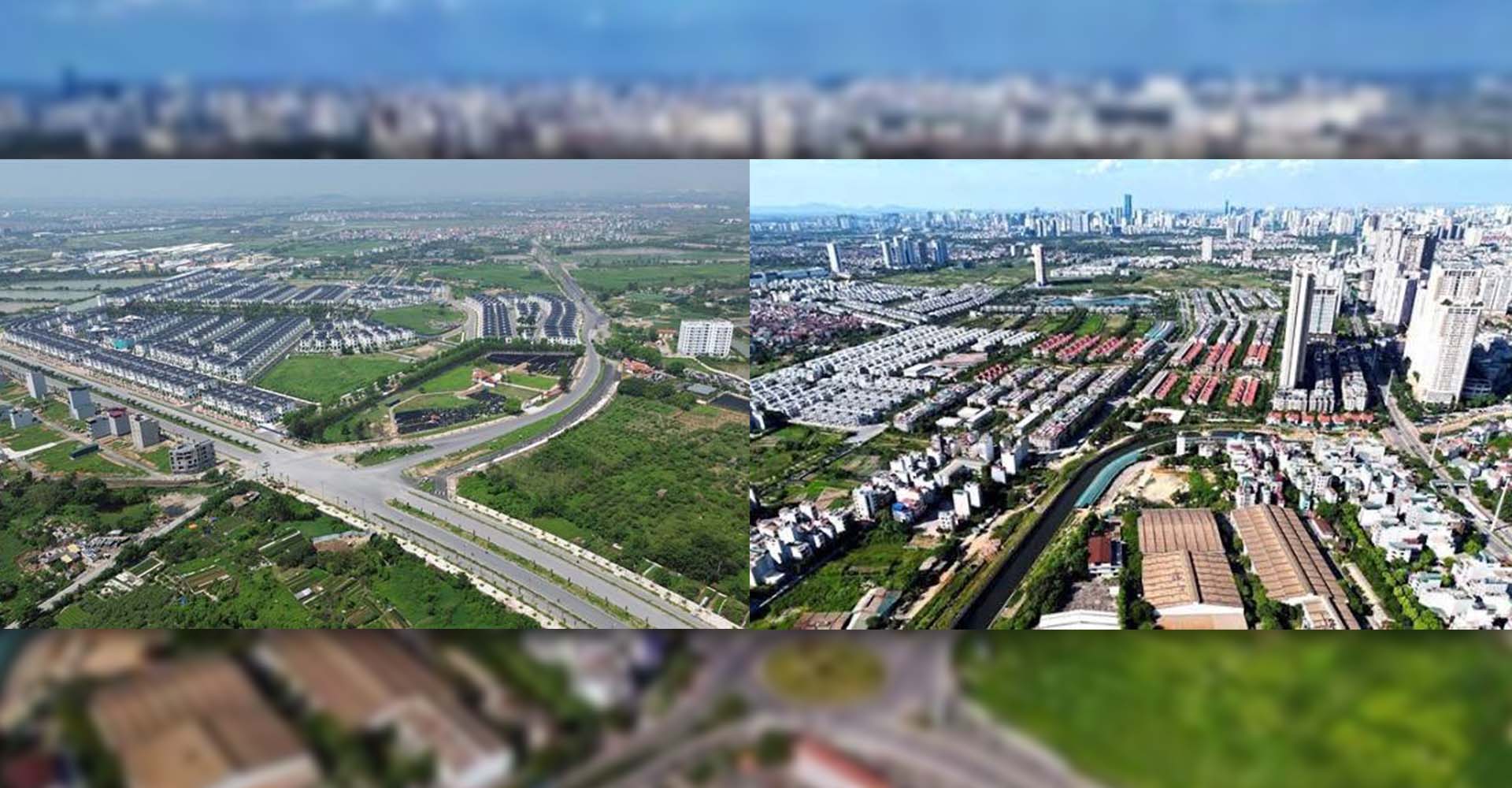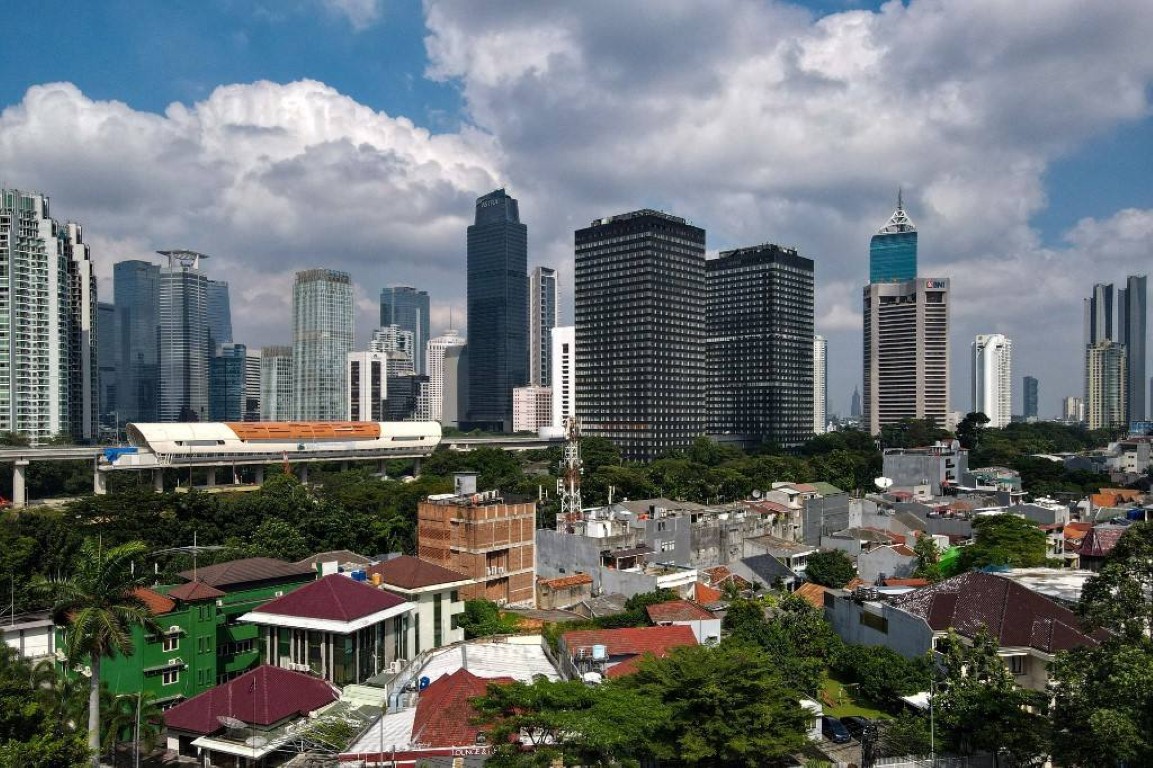Dubai: Hassyan coal-fired power plant is a 2.4GW ultra-supercritical (USC) power plant under construction in Saih Shuaib, Dubai, United Arab Emirates (UAE). It is the first coal-fired power project in the Gulf Cooperation Council (GCC) region.
The $3.4bn independent power producer (IPP) project broke ground in November 2016. It is being developed with four 600MW ultra-supercritical coal power units in the first phase.
The four units are expected to come online in 2020, 2021, 2022, and 2023, respectively.

-->
The power plant will be owned and operated by Hassyan Energy Company, a joint venture between Dubai Electricity and Water Authority (DEWA, 51%) and the consortium of ACWA Power, Harbin Electric, and the Silk Road Fund (jointly 49%).
Saudi Arabia-based ACWA Power holds 26.95% stake in the project, while China’s Harbin Electric and Silk Road Fund own 14.7% and 7.35% interests, respectively.
The Hassyan coal power project is in line with UAE Clean Energy Strategy 2050 to diversify its energy mix to include 44% renewable energy production, 38% gas power generation, 12% coal power generation, and 6% nuclear power generation capacity by 2050.
The 2.4GW power plant is expected to generate enough electricity to power approximately 250,000 households and expand Dubai’s current grid capacity by 25%.
Hassyan coal power plant make-up
The Hassyan power plant will comprise four ultra-supercritical coal-fired generating units of 600MW capacity each. Each unit will be equipped with an ultra-supercritical boiler, steam turbine, and a generator from GE.
The USC technology will enable power generation at a higher steam temperature and pressure compared to conventional coal-fired plants, resulting in lower operating costs and stack-emissions.
The plant will be equipped with advanced electrostatic precipitators (ESP) and seawater flue gas desulphurization (SWFGD) system to reduce the NOx, SOx, and particulate emissions. Further, the plant is designed to accommodate carbon capture installations in the future.
The electricity generated by the power plant will be fed into the existing 400kV electricity transmission network from an on-site 400kV new substation.
Source: Global Herald
















